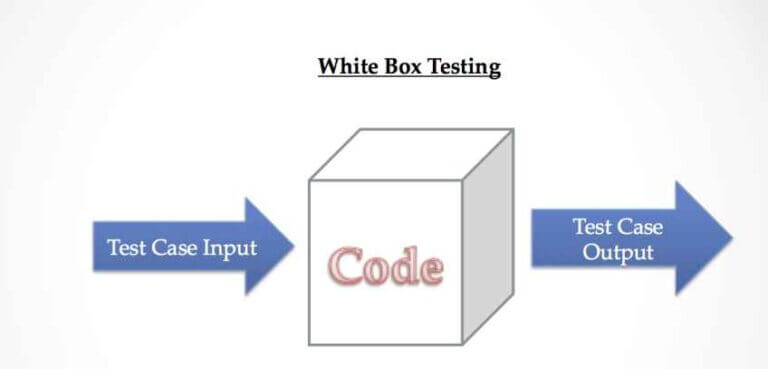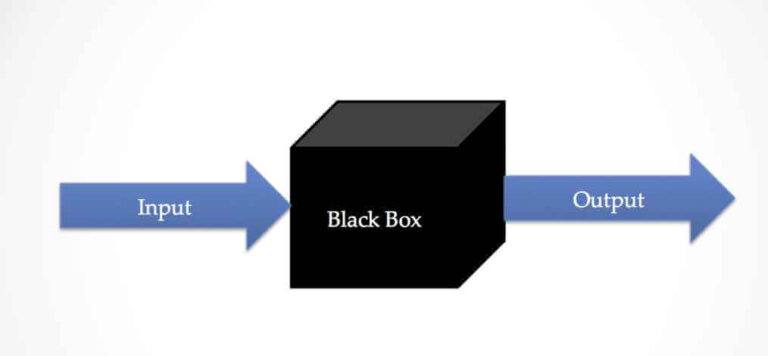Testing Foundation
What is Software Testing?
Objective of Testing
Why is testing necessary?
Common Terms used in Testing
Verification Vs Validations
QA Vs QC
Debugging Vs Testing
Seven Testing Principles
SDLC Vs STLC
Fundamentals of Test Process
Software quality Factors
Software Development Models
Waterfall Model
V models
Iterative Model
Test Levels
Component Testing
Integration Testing
System Testing
Acceptance Testing
Strategies for Integration Testing
Big Bang
Stubs and Driver
Top Down Testing
Bottom Up Testing
Test Types
Functional Testing
Non- Functional Testing
Structural Testing
Re-testing & Regression Testing
Static AND Dynamic Techniques
Static Technique
Dynamic Technique
Static Analysis by Tools
White Box Techniques
Statement Coverage Testing
Branch Coverage Testing
Decision Coverage Testing
Path Coverage
Black Box Techniques
Equivalence Partitioning
Boundary Value Analysis
Decision Table testing
State Transition testing
Experience Based TestingTechniques
Random Testing
Exploratory Testing
Error Guessing
Functional Testing
Integration Testing
Unit Testing
System Testing
Smoke testing
Sanity testing
Regression Testing
Usability Testing
Security Testing
User Acceptance Testing
White Box & Black Box Testing
Globalization & Localization Testing
Non Functional Testing
Compatibility testing
Endurance testing
Load testing
Performance testing
Recovery testing
Scalability testing
Stress testing
Volume testing
Test Planning and Estimation
Test Planning
Test Strategies Vs Test Plan
Test Approaches
Risk and Testing
Product Risks
Project Risks
Defect Management
Defect LifeCycle
Severity Vs Priority
White Box Testing & Black Box Testing
Definitions , Techniques etc
This article will present you with a complete idea about White Box testing and Black Box Testing.
White box testing is a software testing technique in which the internal structure, design, and implementation of a software application are examined to ensure that it meets the desired specifications and requirements.
Black box testing is a software testing technique that is used to examine the functionality of a software application without peering into its internal code structure. This testing method is also known as functional testing,
We will learn below topics in this article
White Box Testing
- White box testing is testing where we use the info available from the code of the component to generate tests.
- White box testing is also known as structural testing or code-based testing.
- Testing the software in which the tester has knowledge about the internal structure or the code or the program of the software.
- It is mostly done by software developers.
- Knowledge of implementation and internal structure is required.
- Debugging will always be white-box testing

Types of White Box Testing:
- Statement Coverage
- Decision Coverage
- Branch Coverage
- Condition Coverage
- Path Coverage
- Control flow testing
Advantages of White Box Testing
- Testing is more thorough as all code paths are usually covered.
- White box tests cases can be easily automated.
- It can start at an earlier stage of SDLC as it doesn’t require any interface as in case of black box testing.
- It results in the optimisation of code removing error and helps in removing extra lines of code.
White box testing can be performed at various stages of the software development life cycle, including unit testing, integration testing, and system testing. It can also be used to test the performance and security of the software.
In conclusion, white box testing is a critical component of software testing that helps to ensure that software applications are functioning as intended. By examining the internal structure and design of the software, testers can identify and correct defects that may have otherwise gone unnoticed. By using various techniques and tools, testers can perform comprehensive and effective white box testing to ensure the reliability and quality of the software.
Black box testing
- Black Box Testing is testing technique having no knowledge of the internal functionality/structure of the system
- Black box testing is also called Behavioral, Functional, Opaque-Box, Closed-Box etc
- focuses on testing the function of the program or application against its specifications
- Determines whether combinations of inputs and operations produce expected results

Black box testing Techniques
- Equivalence portioning.
- Boundary Value Analysis
- Error Guessing
Each technique has its unique approach to testing and helps to identify different types of defects in the software application.
Advantages of Black-Box Testing
- More effective on larger units of code than glass box testing
- Tester needs no knowledge of implementation, including specific programming languages
- Tester and programmer are independent of each other
Black box testing is an essential part of software development, and it is often used in conjunction with other testing techniques such as white box testing, which examines the internal code structure of the software application. By using a combination of different testing techniques, software developers can ensure that the software application meets the end-user’s requirements, is stable, reliable, and performs as expected.
In conclusion, black box testing is a valuable testing technique that helps to ensure the functionality, reliability, and stability of software applications. The technique is widely used in the software development process, and it is often performed by an independent third-party testing team. By using various testing techniques, developers can ensure that their software applications meet the requirements of the end-users, perform as expected, and are free of defects or errors.
Recommended Articles:
Testing Foundation
What is Software Testing?
Objective of Testing
Why is testing necessary?
Common Terms used in Testing
Verification Vs Validations
QA Vs QC
Debugging Vs Testing
Seven Testing Principles
SDLC Vs STLC
Fundamentals of Test Process
Software quality Factors
Software Development Models
Waterfall Model
V models
Iterative Model
Test Levels
Component Testing
Integration Testing
System Testing
Acceptance Testing
Strategies for Integration Testing
Big Bang
Stubs and Driver
Top Down Testing
Bottom Up Testing
Test Types
Functional Testing
Non- Functional Testing
Structural Testing
Re-testing & Regression Testing
Static AND Dynamic Techniques
Static Technique
Dynamic Technique
Static Analysis by Tools
White Box Techniques
Statement Coverage Testing
Branch Coverage Testing
Decision Coverage Testing
Path Coverage
Black Box Techniques
Equivalence Partitioning
Boundary Value Analysis
Decision Table testing
State Transition testing
Experience Based TestingTechniques
Random Testing
Exploratory Testing
Error Guessing
Functional Testing
Integration Testing
Unit Testing
System Testing
Smoke testing
Sanity testing
Regression Testing
Usability Testing
Security Testing
User Acceptance Testing
White Box & Black Box Testing
Globalization & Localization Testing
Non Functional Testing
Compatibility testing
Endurance testing
Load testing
Performance testing
Recovery testing
Scalability testing
Stress testing
Volume testing
Test Planning and Estimation
Test Planning
Test Strategies Vs Test Plan
Test Approaches
Risk and Testing
Product Risks
Project Risks
Defect Management
Defect LifeCycle
Severity Vs Priority
